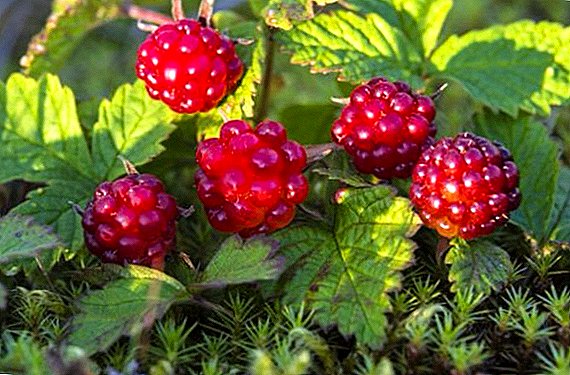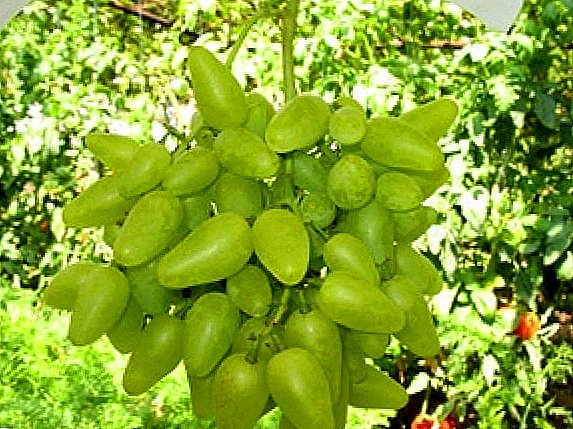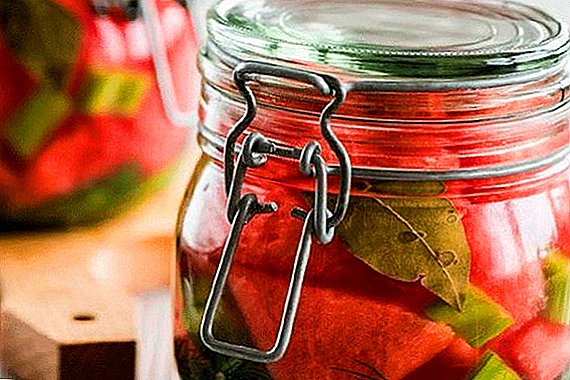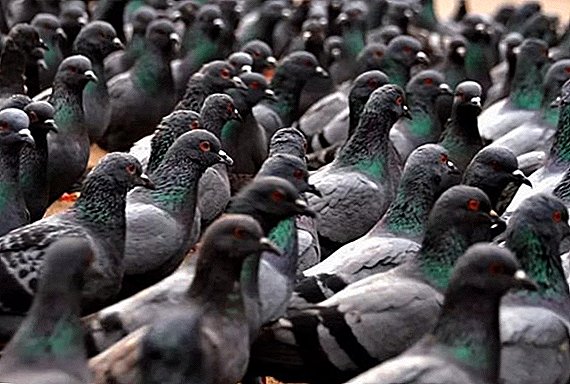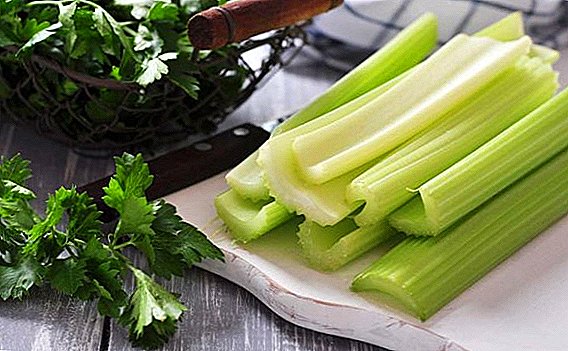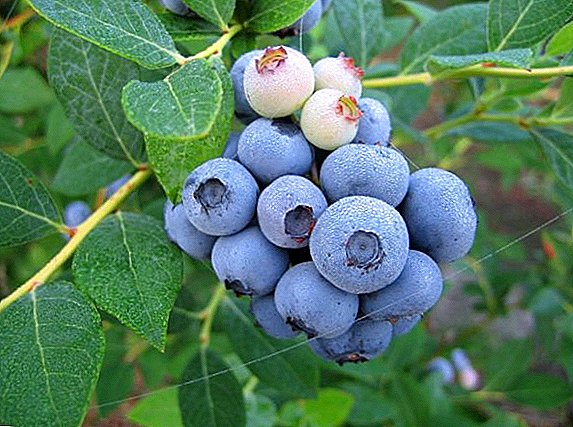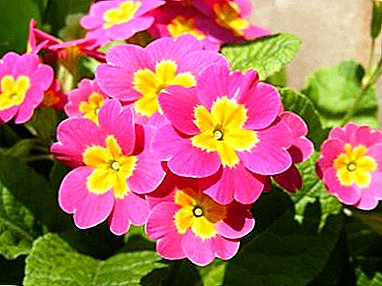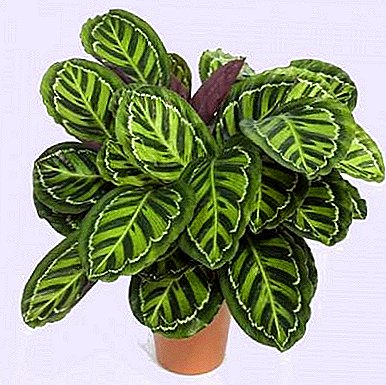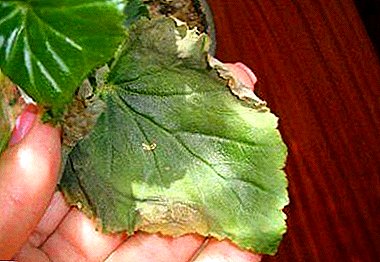
Begonia is a very popular and attractive flower that can be grown indoors and outdoors on a warm season.
This plant combines the amazing beauty of leaves, flowers and the shape of the bush itself. Bright, multi-colored plant, with many varieties and species.
But sometimes it can get sick, so you need to understand why begonia leaves turn yellow and what to do for prevention?
Features of the flower of the genus Begonia
The Begonia family can be divided into two large species:
- decorative leafy;
- decorative flowering
The first subspecies has large leaves of various forms. Their inflorescences are small, unattractive. The appearance of leafy begonias resembles tropical plants, all kinds of rubber plants.
The second subspecies attracts the attention of multicolor buds. The flowering of some varieties lasts a year.
Often there is yellow foliage in begonias, edges dry, and then the entire leaf dies. (about why begonias can dry leaves along the edges and flowers, read here). In order to help a diseased plant, at the beginning it is necessary to understand the causes, and there may be several, for example, improper care or lack of nutrients, also illiterate content during the winter period or diseases and insect pests.
Causes of plant disease
- Relocation.
- The plant was in a draft for a long time.
- Sharp temperature fluctuations in the room.
- Immediately transplanted after purchase, thus the plant suffered stress.
- Wrong pot.
- Used during planting is not appropriate soil, can be sour or heavy.
- Hit the liquid on the foliage.
- It can also be caused by pests such as aphid, whitefly, spider mite.
- The plant may be sick due to fungal or bacterial contamination. At which watery brown spots appear on the leaves of the plant, or white bloom and yellow spots.
Care rules
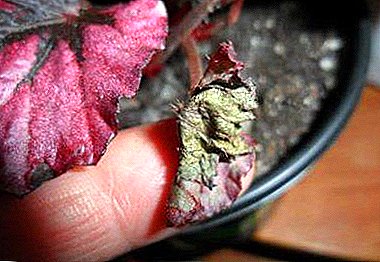 If the pot with the flower was transferred from the room to the balcony, after which the leaves of the plant dry up and turn yellow. This is directly related to the changeable temperature, this type of plant is negatively related to such changes. To resolve this problem, return the pot to its original place.
If the pot with the flower was transferred from the room to the balcony, after which the leaves of the plant dry up and turn yellow. This is directly related to the changeable temperature, this type of plant is negatively related to such changes. To resolve this problem, return the pot to its original place.- The edges of the leaves dry up in begonias, it is possible because of watering with cold tap water. Begonia should be watered with separated or filtered water. If possible, acidified, with the addition of lemon juice. Water must be warm or room temperature.
- The leaves of the plant turn pale, the tips turn yellow, and the shoots pull out. This is the first sign of a lack of sunlight. It is enough to move the flower to a more lighted place in the house or add artificial light. Begonias prefer intense lighting. It is necessary to choose windows from the south side.
It is important to remember that the light must be diffused, begonia bad transfers direct excess light.
- With an excess of moisture in begonias also begin to turn yellow and curl foliage. Make the begonia moisturized regular and moderate. Watering the soil should be no more than 2 times a week.
- In the case of parasites, it is best to resort to the use of drugs containing insecticides. In case of fungal and bacterial diseases of a plant, the following measures should be taken: the soil is treated with disinfectants, and as preventive measures, a flower with a mixture of chlorhexidine medicinal is enough to treat this with bacterial contamination, fungicides can easily cope with fungal.
Prevention
- The optimum temperature in summer should be at + 22-24 ° С, in winter not lower than + 18 ° С.
- Maintain humidity in the range of 50-70%.
- Begonias need intense diffused sunlight.
- In winter, additional lighting is required.
- Water the plant should be no more than 2 times a week in the normal period. In the heat - every day. In winter - 1 time in 10 days.
- Be sure to feed complex mineral fertilizers, about once every two weeks. Twice a year you can feed organic fertilizers.
If the soil is depleted, the plant begins to "starve" and wilt accordingly. (about why begonia can dry and wither and what to do about it, is written in a separate article). In the ornamental flowering begonia, the buds become smaller, the duration of flowering decreases, the foliage turns yellow. These varieties are best fed with mineral fertilizers, which are dominated by potassium and phosphorus. But nitrogen should be as low as possible.
It is important to nourish plants throughout the entire flowering period. Decorative leafy begonias should be fed from spring to autumn. Fertilizers are advised to start from the beginning of the active phase of growth, for these plants, on the contrary, nitrogen should be the main mineral in top dressing. It stimulates growth and makes the color of leaves more intense, juicy. The main thing is not to overfeed the plant, otherwise the result will be the opposite of the desired.
Be sure to be attentive to your plant. Break off shrunken leaves and flowers in time, loosen the soil, remove dust from the plant and inspect for the presence of pests. Begonia will delight you for years with its bright colors, the main thing is to properly care for it!


 If the pot with the flower was transferred from the room to the balcony, after which the leaves of the plant dry up and turn yellow. This is directly related to the changeable temperature, this type of plant is negatively related to such changes. To resolve this problem, return the pot to its original place.
If the pot with the flower was transferred from the room to the balcony, after which the leaves of the plant dry up and turn yellow. This is directly related to the changeable temperature, this type of plant is negatively related to such changes. To resolve this problem, return the pot to its original place.